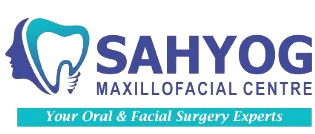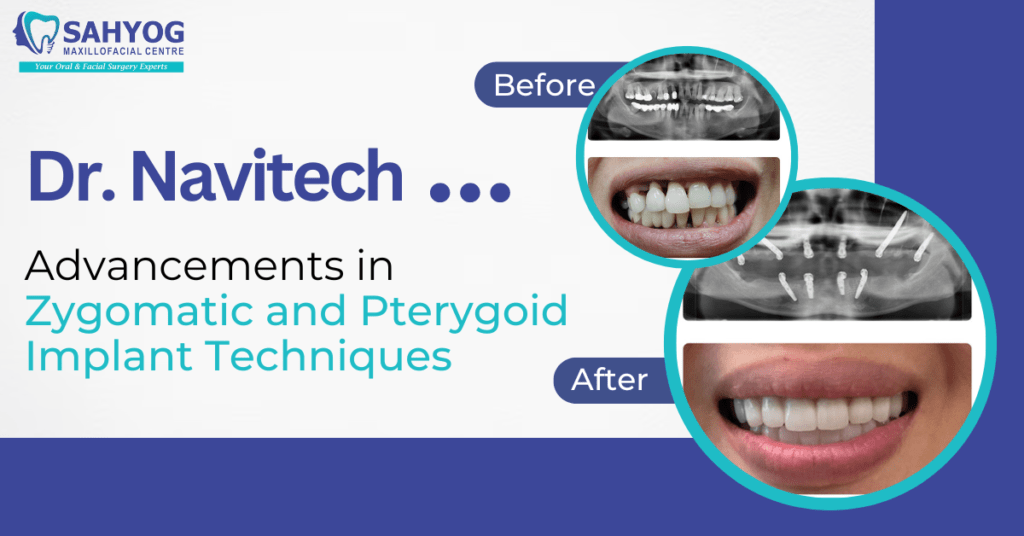In the dynamic landscape of dental technology, advancements continually push the boundaries of what’s possible in oral healthcare. Among the most notable breakthroughs are innovations in zygomatic and pterygoid implant techniques, revolutionizing treatment options for patients facing complex dental challenges.
Understanding Zygomatic and Pterygoid Implants
Zygomatic implants involve anchoring prosthetic teeth into the zygomatic bone, which is denser and more stable than the maxilla (upper jawbone). This technique is particularly beneficial for patients who lack adequate bone volume in the maxilla due to factors like long-term tooth loss or advanced periodontal disease. By bypassing the compromised maxillary bone and utilizing the zygomatic bone for support, zygomatic implants offer a reliable solution for full-arch rehabilitation.
Pterygoid implants, on the other hand, are placed in the pterygoid region of the maxilla, providing an alternative anchorage point for dental prostheses. This technique is especially useful in cases where conventional implant placement is challenging due to severe bone resorption or sinus pneumatization. By utilizing the pterygoid bone, which is typically more resistant to resorption, pterygoid implants offer stability and support for dental restorations, even in complex clinical scenarios.
Specialized Training at Sahyog Clinic
Sahyog Clinic, renowned for its expertise in dental implantology and maxillofacial surgery, offers best implantology courses in India to train dental professionals in zygomatic and pterygoid implant techniques. These courses blend theoretical knowledge with practical skills, equipping participants with the expertise to address complex cases effectively.
Advantages of Zygomatic and Pterygoid Implants
1. Reduced Need for Bone Grafting:
Unlike traditional dental implant procedures that often require bone grafting to augment deficient jawbone, zygomatic and pterygoid implants utilize existing anatomical structures, minimizing the need for additional surgical procedures and reducing treatment time.
2. Immediate Loading:
In many cases, zygomatic and pterygoid implants allow for immediate loading of prosthetic restorations, enabling patients to enjoy restored function and aesthetics shortly after surgery.
3. Treatment for Severe Atrophy:
Patients with severe maxillary bone atrophy or resorption, who may have been deemed unsuitable candidates for traditional implants, can benefit from zygomatic and pterygoid techniques, offering them a viable path to dental rehabilitation.
4. Enhanced Stability:
By anchoring implants in dense, structurally sound bones like the zygomatic and pterygoid, these techniques provide enhanced stability and longevity for dental restorations, improving overall treatment outcomes.
Pushing Boundaries: The Future of Dental Implantology
As we look to the future, the evolution of zygomatic and pterygoid implant techniques holds immense promise for innovative trends in dental implantology. Here are some potential areas of development:
- Biocompatible Materials
Ongoing research aims to enhance the biocompatibility and osseointegration of implant materials, reducing the risk of complications and improving long-term outcomes for patients.
- Digital Workflow Integration
- Customized Implant Solutions
Advancements in 3D printing and additive manufacturing enable the creation of patient-specific implant solutions tailored to individual anatomical characteristics, optimizing fit and functionality.
- Minimally Invasive Techniques
Continued refinement of surgical techniques aims to minimize trauma and accelerate healing, allowing for shorter recovery times and improved patient satisfaction.
Through continued collaboration between clinicians, researchers, and industry partners, the trends in digital dentistry field is poised to enter a new era of innovation and excellence. With zygomatic and pterygoid implant techniques at the forefront of this transformation, the future holds boundless possibilities for improving patient care and advancing the art and science of dentistry.

